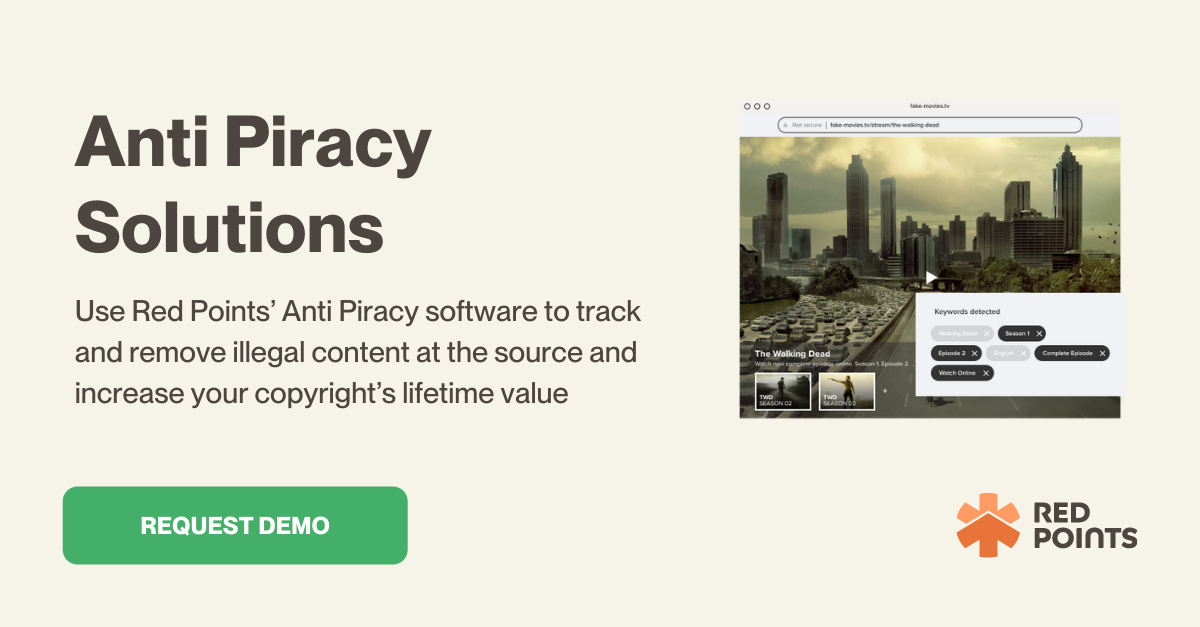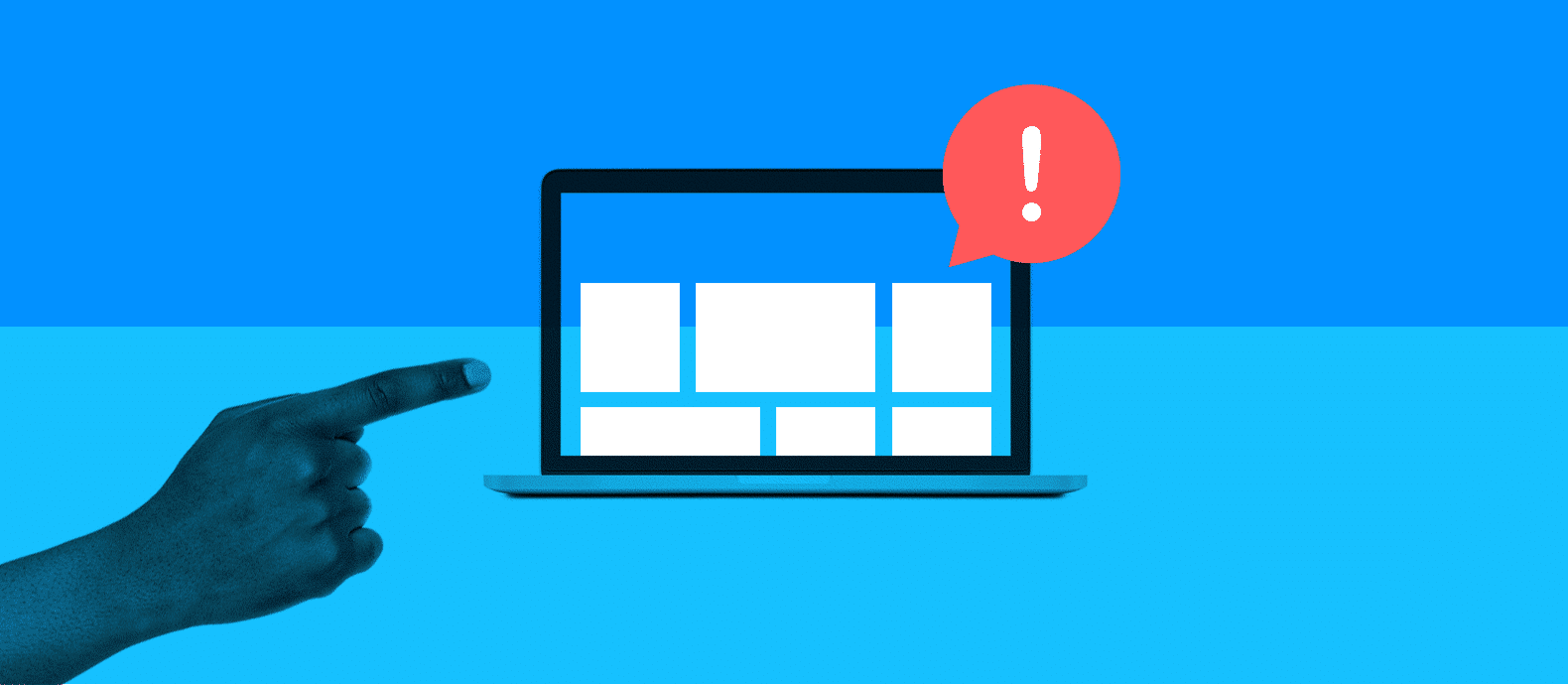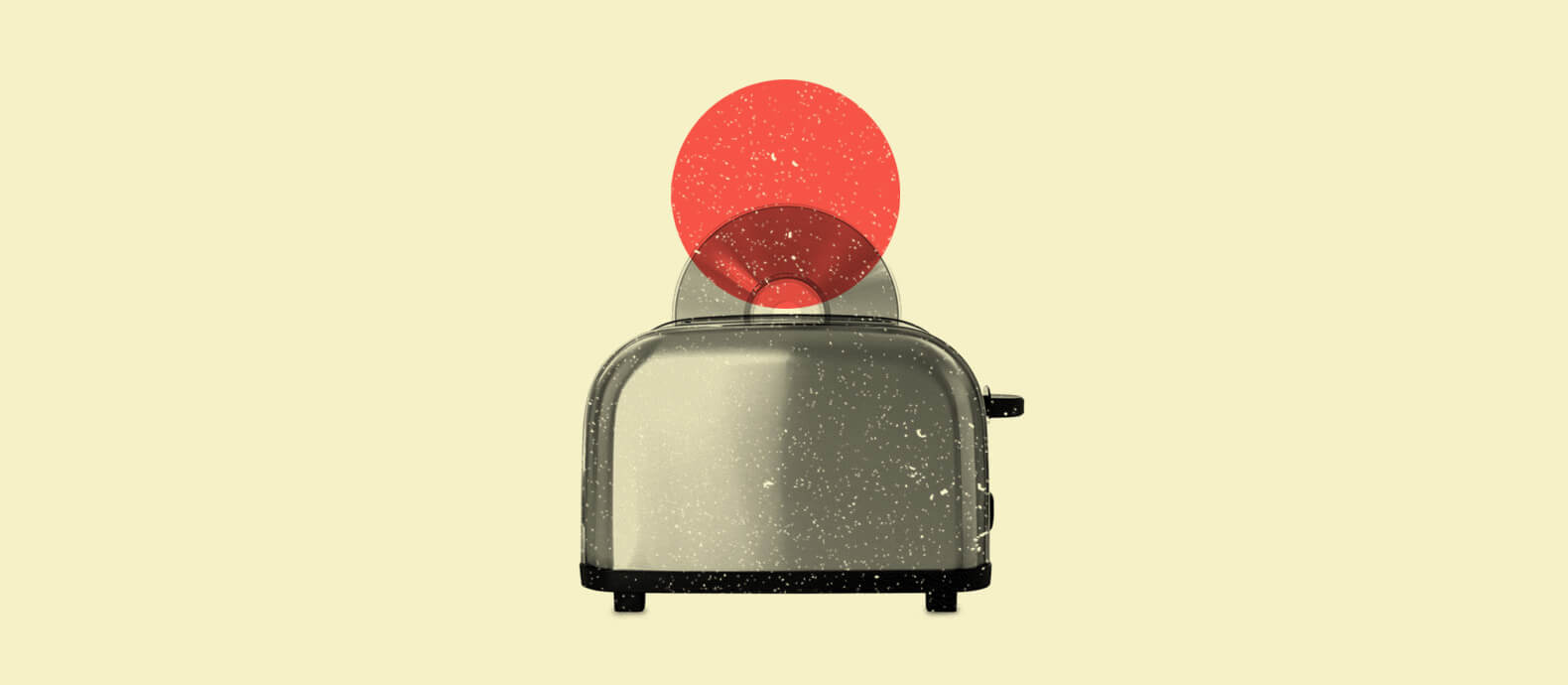If you are a digital content owner or creator who regularly publishes content online then you know how much of a problem website content theft poses to your own brand. Aside from the obvious point that plagiarizing content is wrong and should be discouraged, all website owners or managers want their websites to only feature original content.
With this said, today, we will zero in on how to prevent website content theft.
In this article, we will discuss:
- What exactly is considered stolen content
- How website owners or managers can detect content theft
- What can be done when your web content is stolen.
- How stolen content hurts your brand
What is considered stolen web content?
Any original content you publish on your website belongs to you. It is your intellectual property, and you have exclusive rights over it. This means that when another website publishes the same exact content as yours, it is considered stolen web content.
What some website owners or managers do, in order to claim no fault for reproducing someone else’s content, is to note or cite the source of the copied work. However, without permission from the right owner, it is still considered a breach of intellectual property.
Note that stolen web content is not limited to written works, such as blog posts, articles, or product description copies. It could also involve photographs, artworks, and audio-visual materials published online.
Manual vs automated monitoring: How can you detect stolen content?
Manual detection
Detecting stolen content can get quite tedious and time-consuming. In fact, this is precisely why website content theft occurs regularly–most website content owners and creators do not want to burden themselves with continually looking for websites that have published works without their consent.
One of the most common ways to detect stolen written content, albeit time-consuming, is to copy and paste portions of the text into a plagiarism checker program or tool. Some of these tools can be accessed online and without charge, so all you really need is the time and commitment to check for plagiarism–the first and most crucial step to put a stop to your original written works that are published online from being stolen.
For photos and audio-visual materials, on the other hand, not many detection tools are available. Conveniently, some platforms such as Facebook and Youtube automatically take down or flag posts that are believed to be copyrighted materials. If you want to check for yourself whether your original images appear anywhere else besides your own webpage, you could opt to use the now-popular reverse image search feature by Google.
Automated detection
Red Points’ copyright infringement protection software on the other hand helps you to shield your creative works from infringers that try to profit from your innovations.
The software covers a broad range of mediums including movies, digital works like software and videogames, prints, streaming, and educational products. Copyright violations are detected and enforced rapidly with bot-powered search and a self-improving system through machine learning. The system takes down and reports abuses automatically and around the clock.
What can you do when your web content is stolen?
1. Gather evidence.
This includes, most importantly, sufficient proof that the content that you claim to be plagiarized is, in fact, your original work. One way to prove this is to show proof of the date of the first and original publication and then juxtapose it with that of the reproduced work.
As in all dialogues and disputes, arguing your side with material evidence backing you up helps speedily resolve the matter in your favor. Make sure you have these supporting details ready before making any communication.
2. Find and contact the website owner.
Before involving other parties, choose to settle the matter with the website owner first. Sometimes, these owners are victims, too–that is, they are completely unaware that the person/s or digital marketing agency in charge of providing content for their page actually just copied a previously posted material and claimed it to be their original creation. To note, the key is to explain your side firmly and well, with sufficient proof as discussed in the foregoing item.
3. Contact the domain registrar or web host.
There are times, however, when the website owner would be unresponsive or altogether unreachable. Whichever the case, and whether such is intentional or otherwise, your next recourse would be to bring the matter to the website’s domain registrar or web host. As these entities would not want to be implicated in any plagiarism or copyright infringement issue, they, more often than not, would be genuinely cooperative in helping you take down stolen content, especially if substantially proven.
It bears noting at this point that there is a piece of legislation that, in fact, impels domain registrars and web hosts to do their part in stopping online theft. In particular, the DMCA, or the Digital Millennium Copyright Act of 1998 criminalizes unlawful reproduction or distribution of original online works, and this necessarily covers entities that host these web pages, specifically those covered by US laws.
How does stolen content hurt your brand?
On the face of it, stolen web content does not appear to have a direct impact on your brand or business. Especially if you are reaching your quotas and making enough sales anyway, the fact that someone else published and is presumably profiting from your content does not pose much of an issue that needs to be seriously dealt with.
This, however, is a mistaken impression. In fact, stolen web content can negatively impact your income, if not your entire business.
For example, if you do not assert your right to your original work, it might appear that it is you who is actually guilty of duplicating content. Surely, this could hurt your brand and negatively affect revenues. This could potentially drive away your market, and, correspondingly, business earnings and gains. Consumers would not bother confirming the original poster, so as the owner, it is you who should be proactive in protecting your right to your website content and, essentially, your intellectual property and brand identity.
Another important point to note is that if the website containing duplicated content is actually ranking better in terms of clicks and engagement than yours, then the online thief is practically stealing your web traffic and potential market. Thus, as the owner and the original, you should make it a point to do something about stolen content and ensure that your work generates clicks for your own site and not for someone and anyone else’s.
What’s next?
Content theft can have a drastic impact on any online business, which means that a proactive strategy is your best bet to avoid being victimized by this kind of cybercrime. Whether it be written content, images, or even videos, an effective brand protection software will be able to detect when your content has been stolen by others online and help you to take it down immediately. This is exactly why businesses should consider Red Points’ Anti Piracy Software because it will ensure the content you rely on to generate revenue will not be exploited by bad actors. See how using Red Points’ Anti Piracy Software can boost your business, today!






